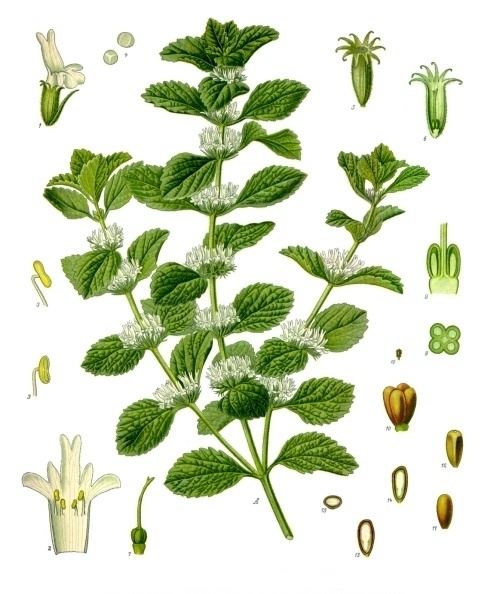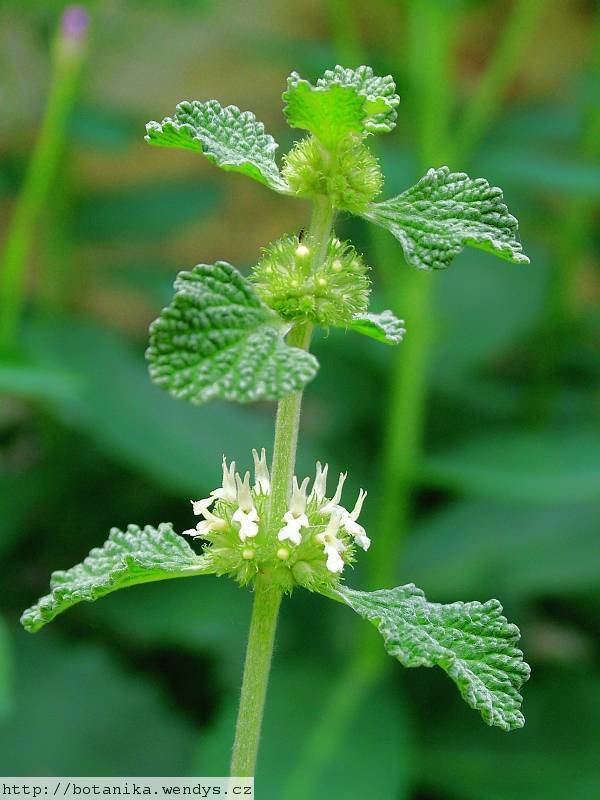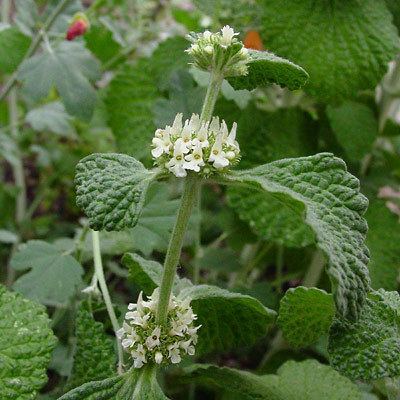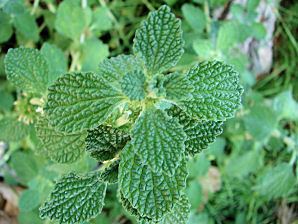Rank Species | Genus Marrubium Higher classification Marrubium | |
 | ||
Similar Marrubium, Elecampane, Hyssop, Ballota nigra, Common wormwood | ||
Wild white horehound marrubium vulgare
Marrubium vulgare (white horehound or common horehound) is a flowering plant in the mint family (Lamiaceae), native to Europe, northern Africa, and southwestern and central Asia. It is also widely naturalized in many places, including most of North and South America.
Contents
- Wild white horehound marrubium vulgare
- What is horehound herb marrubium vulgare
- Etymology
- Historical
- Modern
- Culinary uses
- As an invasive weed
- As biocontrol
- In astrology
- References

It is a grey-leaved herbaceous perennial plant, and grows to 25–45 centimetres (10–18 in) tall. The leaves are 2–5 cm (0.8–2.0 in) long with a densely crinkled surface, and are covered in downy hairs. The flowers are white, borne in clusters on the upper part of the main stem.

What is horehound herb marrubium vulgare
Etymology

The Oxford English Dictionary derives the word from two Old English forms: "hoar" ("white," "light-colored," as in "hoarfrost") and "hune" a word of unknown origin designating a class of herbs or plants. The second element was altered by folk etymology.
Historical

Horehound has been mentioned in conjunction with medicinal use dating at least back to the 1st century BC, where it appeared as a remedy for respiratory ailments in the treatise De Medicina by Roman encyclopaedist Aulus Cornelius Celsus. The Roman agricultural writer Columella lists it as a remedy for expelling worms in farm animals in his important first-century work On Agriculture. Since then, horehound has appeared for similar purposes in numerous herbals over the centuries, such as The Herball, or, Generall historie of plantes by John Gerard, and Every Man His Own Doctor: or, The Poor Planter’s Physician by Dr. John Tennent.
Modern

Several modern scientific studies have been conducted on the usefulness of horehound. For example, a 2011 study concluded that the essential oil of M. vulgare contains potent antimicrobial and anticancer properties, while a 2012 study found marrubiin, one of the primary active compounds found in horehound, to possess "antidiabetic, anti-atherogenic and anti-inflammatory properties".
Culinary uses
Horehound is used to make hard lozenge candies that are considered by folk medicine to aid digestion, soothe sore throats, and relieve inflammation.
It is also used in beverages, such as horehound beer, steeped as tea (similar to the Maghrebi mint tea), and in the rock and rye cocktail.
As an invasive weed
Horehound was introduced to southern Australia in the 19th century as a medicinal herb. It became a weed of native grasslands and pastures where it was introduced with settlers’ livestock, and was first declared under noxious weeds legislation. It now appears to have reached its full potential distribution.
It occupies disturbed or overgrazed ground, and is favoured by grazing because it is highly unpalatable to livestock. It may persist in native vegetation that has been grazed.
As biocontrol
Marrubium vulgare is also used as a natural grasshopper repellent in agriculture.
In astrology
According to John Gower in Book 7 of the Confessio Amantis, this plant was the herb of the fourth star of Nectanebus' astrology, Capella. Gower uses the older name, Alhaiot (VII:1338).
